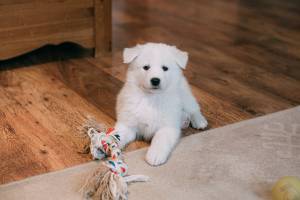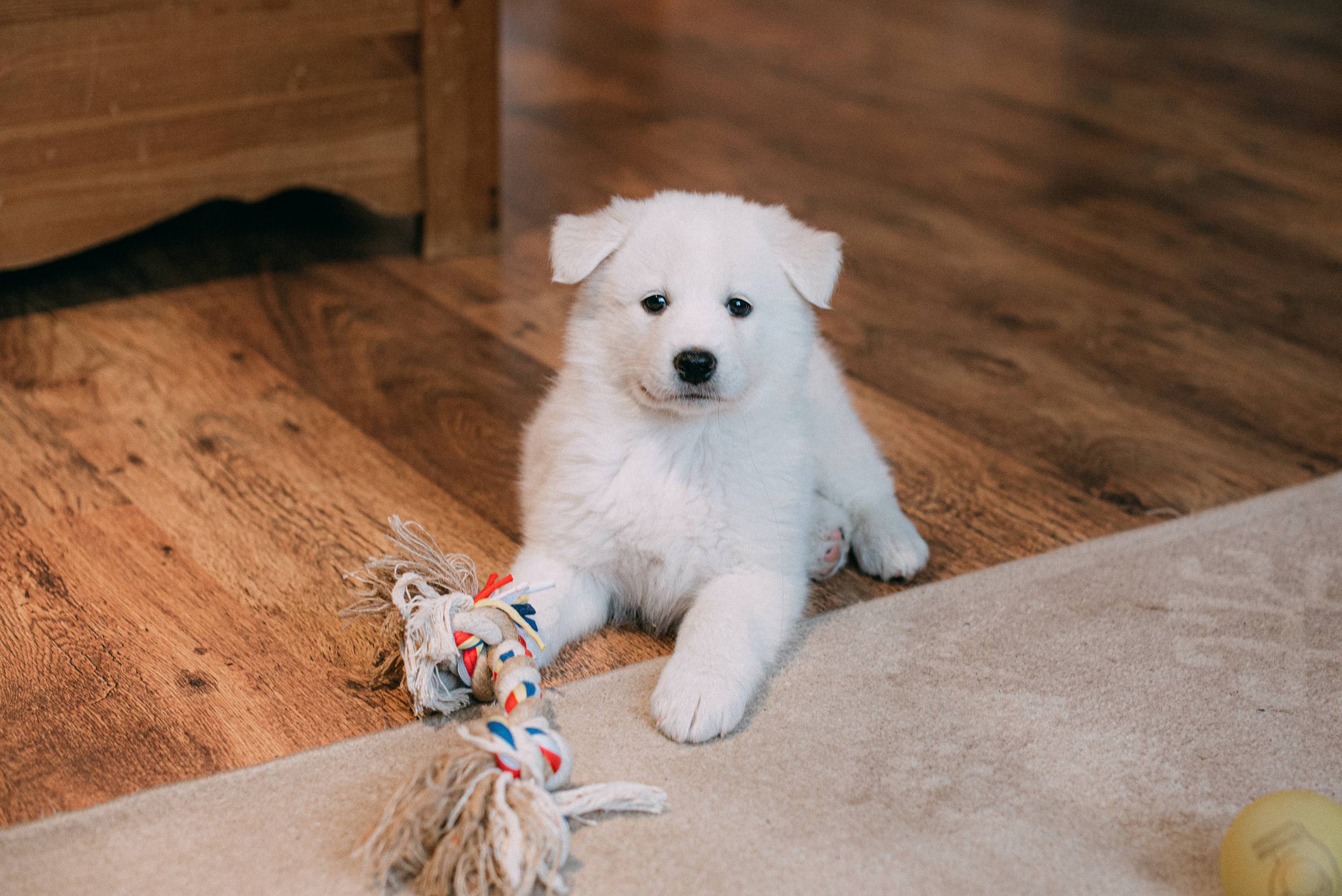
Understanding Your Dog’s Behavior
Dogs are creatures of habit, and their behavior is often a reflection of their feelings and needs. When your dog repeatedly pees inside the house, it’s essential to recognize that this isn’t a deliberate attempt to upset you. There are various reasons why your dog may be exhibiting this behavior, and it’s vital to approach the situation with empathy and understanding.
Possible Reasons for Accidents
There are several potential reasons why your dog may be peeing in the house. It could be due to a medical issue such as a urinary tract infection, bladder stones, or diabetes. Additionally, anxiety, stress, or changes in routine can also lead to accidents indoors. Sometimes, insufficient potty training or even a lack of regular bathroom breaks can contribute to this behavior.
Seeking Veterinary Advice
If your dog’s indoor peeing is a new behavior or if it’s accompanied by other symptoms such as excessive thirst, it’s crucial to consult with your veterinarian. A thorough examination can help rule out any underlying medical conditions that may be causing your dog’s accidents. Addressing potential health issues is the first step in tackling this problem effectively.
Addressing Behavioral Causes
Beyond physical ailments, your dog’s indoor peeing could be linked to behavioral issues. Dogs can feel anxious due to changes in their environment, such as moving to a new home, the arrival of a new family member, or even changes in their daily routine. It’s important to observe any potential stress triggers and work towards creating a more comfortable and secure environment for your furry friend.
Reinforcing Potty Training
Even if your dog has been potty trained, occasional reminders may be necessary, especially during times of change or stress. Reinforcing good potty habits through positive reinforcement and consistent training can help your dog understand where they should be relieving themselves. Additionally, ensuring regular bathroom breaks and establishing a routine can contribute to their potty training success.
Creating a Supportive Environment
Creating a supportive and stress-free environment for your dog is crucial in addressing their indoor peeing behavior. Providing ample opportunities for exercise, mental stimulation, and positive interactions can help alleviate anxiety and promote better overall behavior. Additionally, maintaining a consistent routine and ensuring that your dog feels secure in their surroundings can contribute to reducing indoor accidents.
Patience and Consistency
Dealing with your dog’s indoor peeing requires patience and consistency. It’s essential to remain calm and avoid punitive measures, as these can exacerbate anxiety and stress, potentially leading to more accidents. Consistently reinforcing positive behavior, addressing any underlying issues, and maintaining a supportive environment are key to helping your dog overcome this challenge.
In conclusion, understanding why your dog keeps peeing in the house is the first step towards resolving this issue. By considering potential medical, behavioral, and environmental factors, you can work towards addressing your dog’s needs and promoting better potty habits. With patience, understanding, and consistent training, you can help your furry companion overcome this challenge and thrive in a happier, healthier environment.
[/fusion_text]



